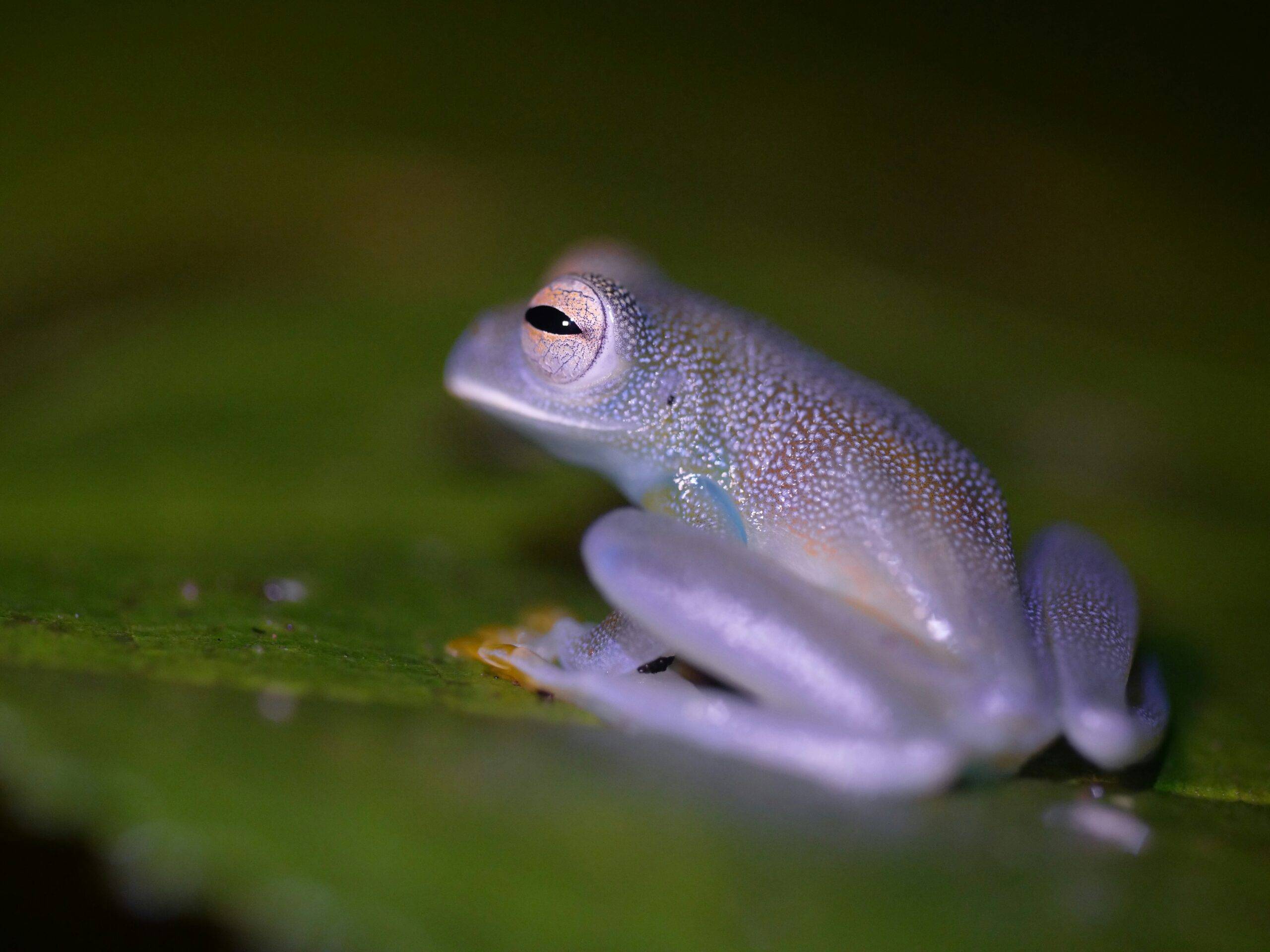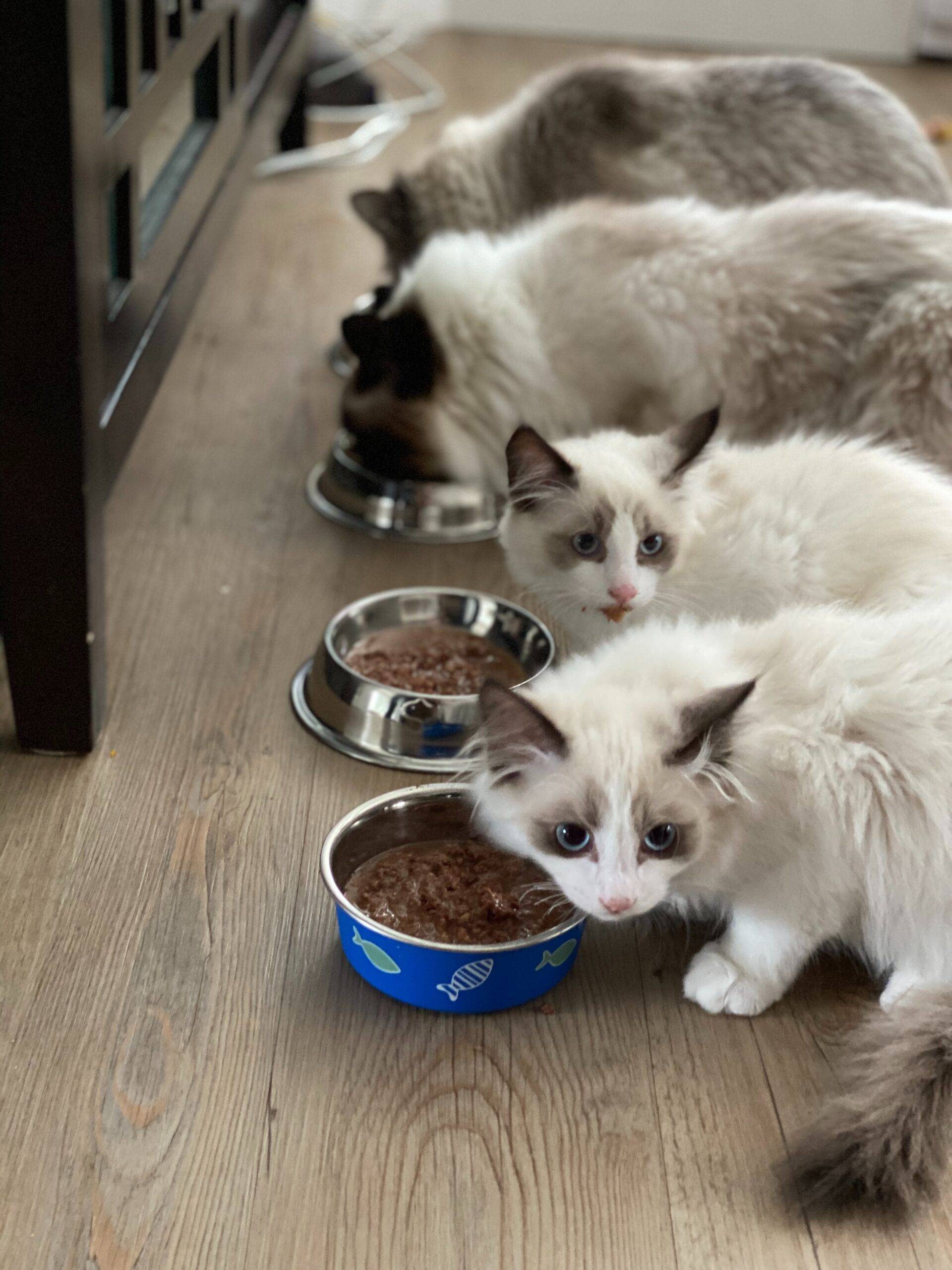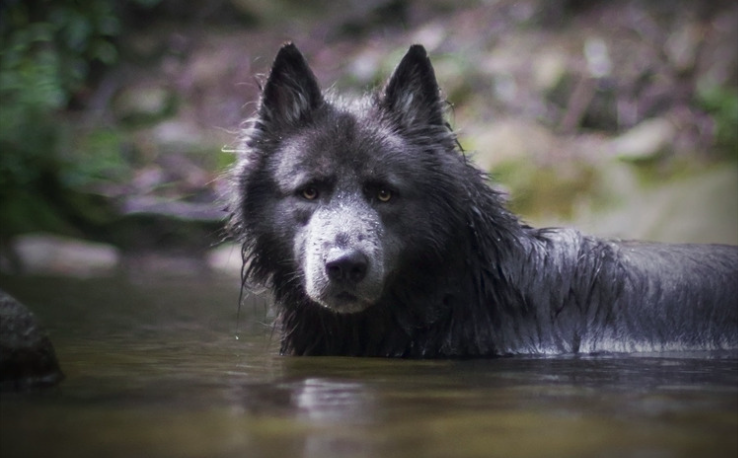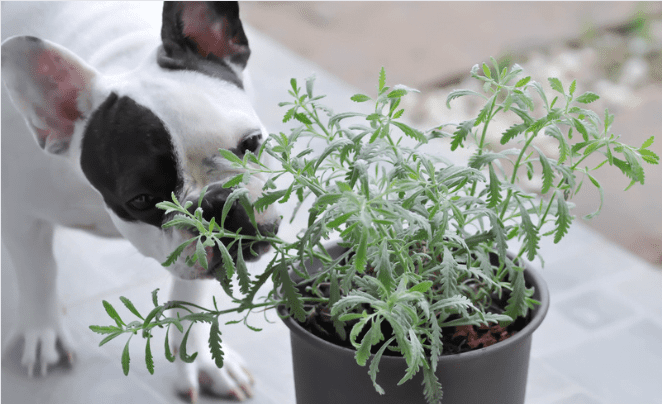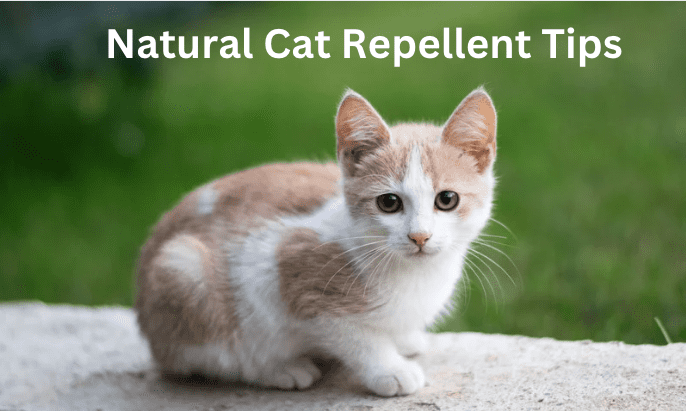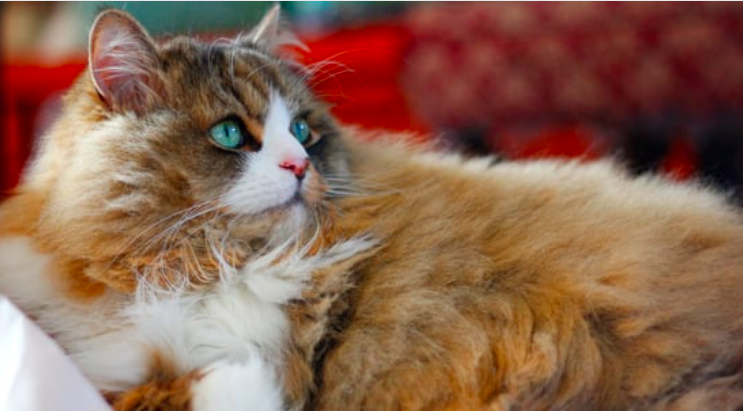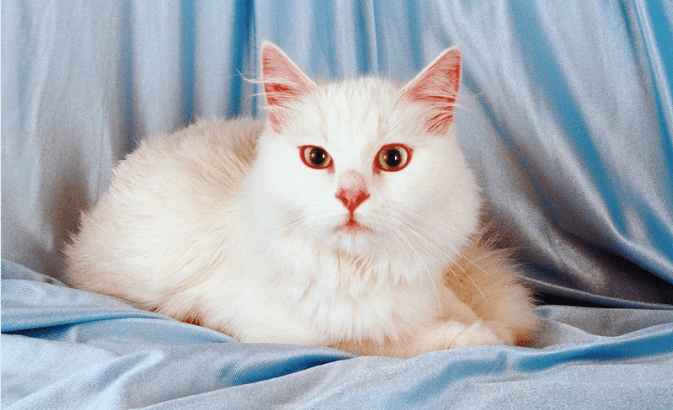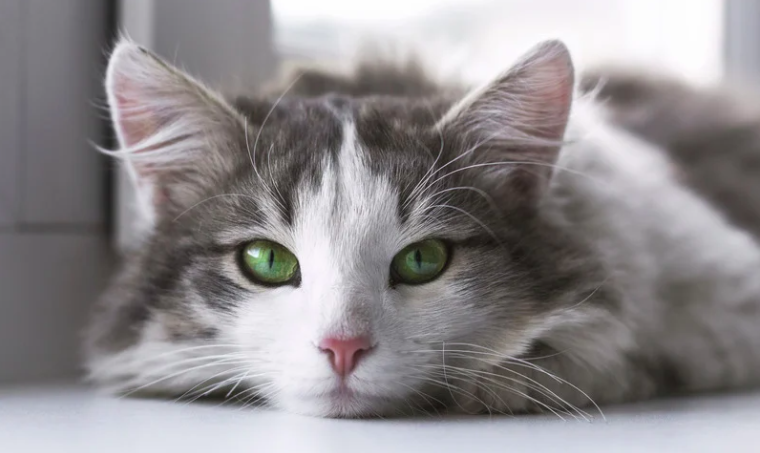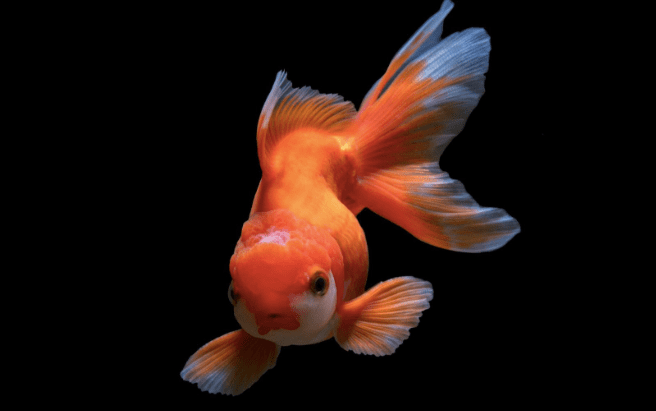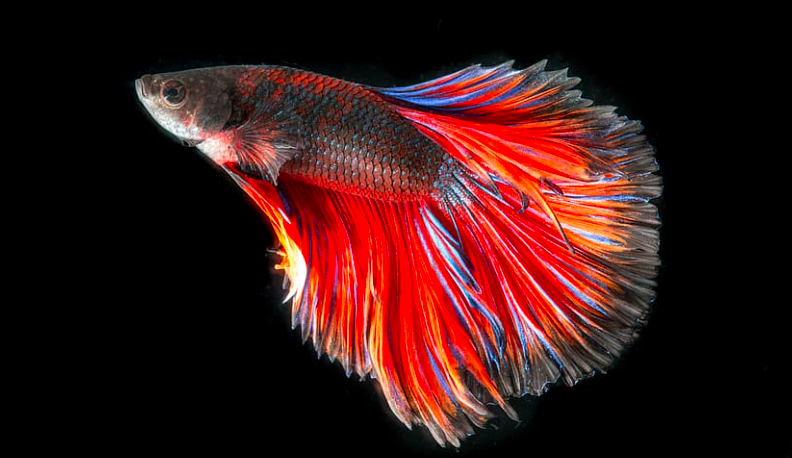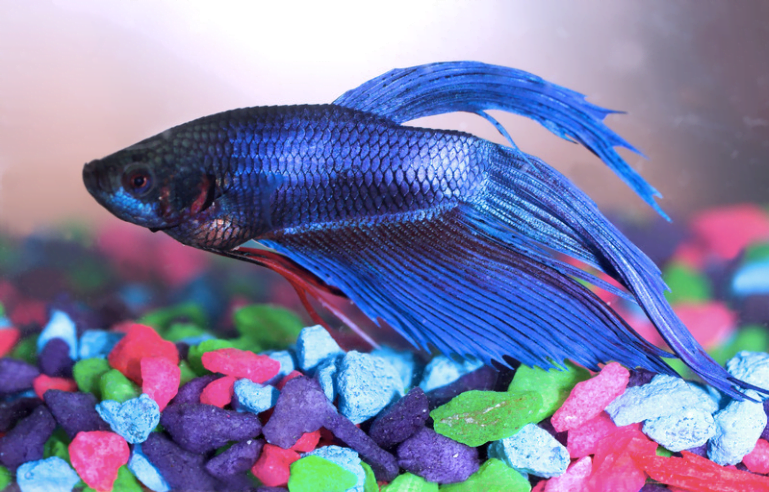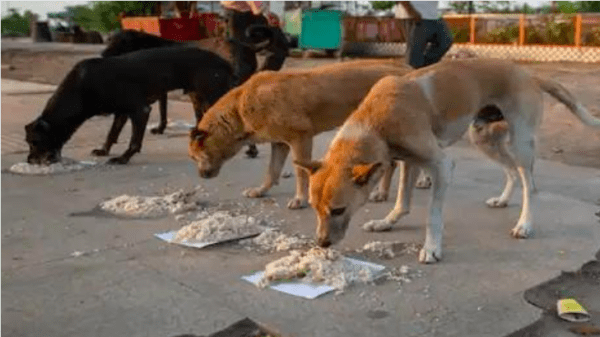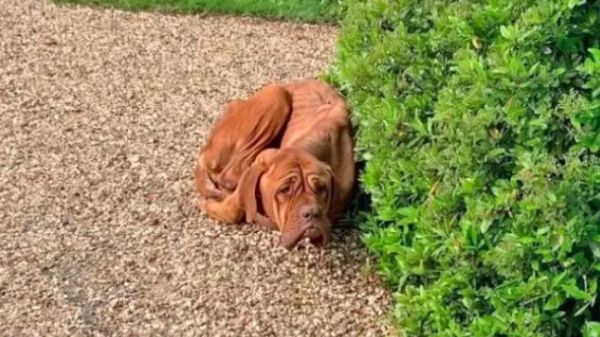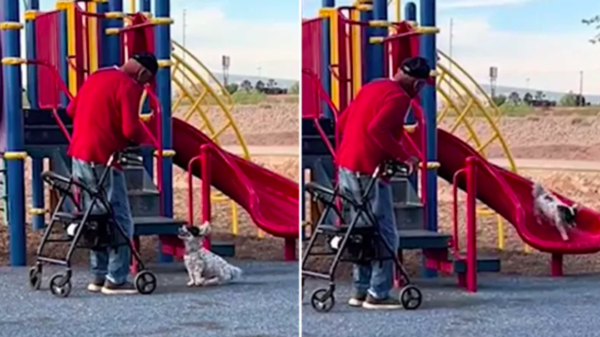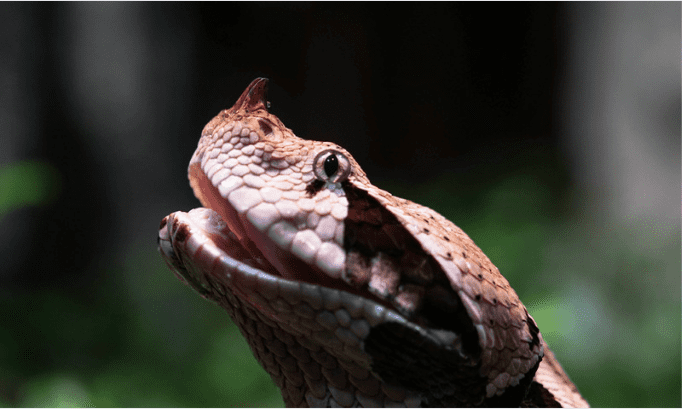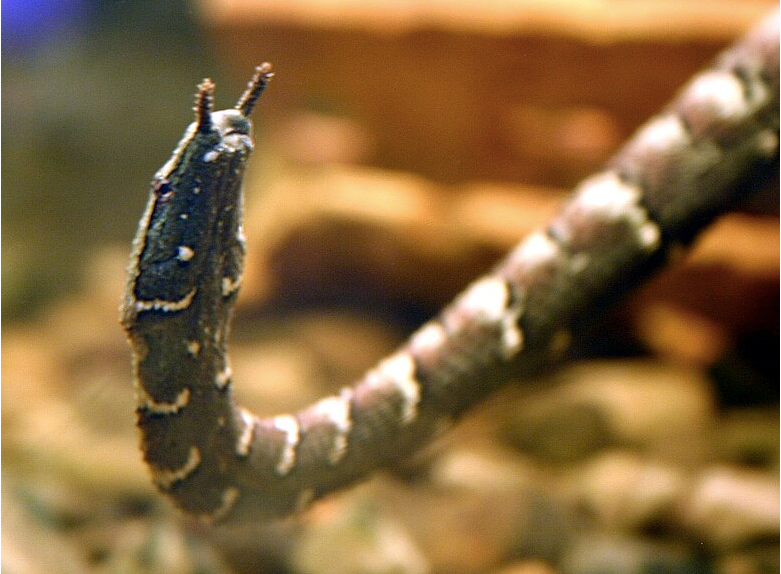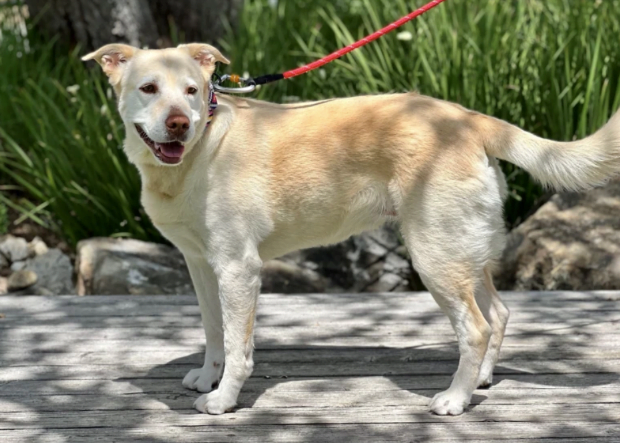Bullmastiff Dog Breed: Majestic Guardians with a Heart of Gold
Welcome, fellow dog enthusiasts, to our ultimate guide on the Bullmastiff dog breed! If you’re seeking a loyal and formidable protector for your family or property, look no further.
In this comprehensive article, we’ll delve into the world of Bullmastiffs, exploring their history, personality traits, care requirements, and much more.
Whether you’re a seasoned pet owner or a curious soul searching for the perfect furry friend, we’ve got you covered.
A Noble History: Tracing the Origins of Bullmastiffs
1. The Purposeful Creation of a New Guardian
In the early 19th century, English gamekeepers faced a significant challenge – protecting vast estates from poachers who sought to hunt game illegally.

While the Mastiff, known for its size and strength, was an ideal guardian, its aggressive nature made it unsuitable for apprehending poachers without causing harm.
On the other hand, the Bulldog was agile and had a keen sense of smell, making it proficient at tracking and capturing intruders.
Recognizing the potential of a crossbreed, gamekeepers endeavored to create a new canine with the perfect blend of attributes.
2. The Mastiff Meets the Bulldog
The Bullmastiff’s history began with a thoughtful combination of the Mastiff and Bulldog breeds.
By selectively breeding these dogs, the gamekeepers aimed to produce a canine that possessed the courage and tenacity of the Bulldog, along with the imposing size and strength of the Mastiff.
The goal was to create a powerful yet restrained guardian, capable of apprehending intruders without causing severe harm.
3. Fine-Tuning the New Breed
The process of breeding the Bullmastiff was not without challenges. It required several generations of careful selection and refinement to achieve the desired traits.
Throughout this process, the breeders meticulously focused on tempering the aggression of the Bulldog while retaining its tracking abilities. They also worked on refining the Mastiff’s strength to strike a harmonious balance between power and restraint.
4. The Bullmastiff Emerges
Finally, after years of dedicated breeding efforts, the Bullmastiff emerged as a distinctive breed in its own right.
Combining the steadfast loyalty, intelligence, and bravery of the Mastiff with the Bulldog’s agility and acute senses, the Bullmastiff became the ultimate gamekeeper’s assistant.
5. From Gamekeeper’s Aid to Beloved Companion
Initially serving as loyal protectors of estates and game preserves, Bullmastiffs soon found their way into the hearts of families across England.
Their striking appearance, coupled with their gentle and affectionate demeanor, won over many admirers. Over time, they transitioned from their original role as gamekeeper’s aids to become cherished and devoted family companions.
6. Recognition as a Breed
In 1924, the Bullmastiff breed was officially recognized by the Kennel Club in the United Kingdom. This recognition solidified their position as a distinct and treasured canine breed, gaining popularity not only in the UK but also across the globe.
7. Bullmastiffs Today
Today, Bullmastiffs continue to be celebrated for their unwavering loyalty, protective instincts, and loving nature. They excel as family pets, gentle with children, and forming deep bonds with their human companions.
Their legacy as noble protectors endures, and they remain a symbol of courage, dignity, and grace in the canine world.
The Bullmastiff Persona: Gentle Guardians with a Heart of Gold
1. A Protector’s Instinct
The Bullmastiff’s persona is defined by its unwavering commitment to safeguarding its loved ones. Bred to be a guardian, this noble breed has a natural instinct to protect its family and territory.

When faced with potential threats, Bullmastiffs exhibit remarkable courage and determination, fearlessly confronting intruders while remaining composed and composed.
2. The Gentle Giant
Beyond their imposing size and powerful appearance, Bullmastiffs are remarkably gentle with their family members. Despite their role as protectors, these majestic canines possess a heart of gold and are known for their gentle and patient demeanor.
They display remarkable tenderness, especially when interacting with children, earning them the moniker “gentle giants.”
3. Loyal to the Core
Loyalty is ingrained in the Bullmastiff’s nature. Once a bond is formed with their human family, these devoted canines remain fiercely loyal for life.
Their loyalty is unwavering, and they will go to great lengths to ensure the safety and well-being of their loved ones. A Bullmastiff’s loyalty is a true testament to the deep and profound connection they form with their human companions.
4. Family-Oriented Companions
Bullmastiffs thrive in a family environment and are known for their love and affection towards their human pack. They relish being an integral part of the family unit and enjoy spending quality time with their loved ones.
Whether it’s lounging together on the couch, going for walks, or engaging in playtime, Bullmastiffs cherish every moment they share with their human family.
5. Reserved and Observant
While Bullmastiffs are friendly and gentle with their loved ones, they can be reserved and aloof around strangers. This trait is an integral part of their protective nature.
Their keen sense of observation allows them to assess new situations and individuals before fully warming up to them. Once they recognize a person as a friend, their loving and amiable side shines through.
6. Calm and Even-Tempered
A calm and composed demeanor is one of the defining features of Bullmastiffs. Despite their powerful build, they are surprisingly laid-back and even-tempered.
This calm disposition makes them wonderful companions for families of all sizes and ages, as they can adapt well to different lifestyles and living situations.
7. Emotional Sensitivity
Bullmastiffs are emotionally perceptive animals, attuned to their owner’s feelings and moods. They have an uncanny ability to sense when their human companion is upset or in need of comfort.
This sensitivity makes them excellent therapy dogs and empathetic friends in times of joy or sorrow.
8. Guarding with Restraint
Unlike aggressive guard dogs, Bullmastiffs employ a more measured approach to protection. Their role as guardians involves apprehending potential threats without causing unnecessary harm.
Their imposing presence and commanding demeanor are often enough to deter intruders, but if necessary, they can use their strength to subdue without excessive force.
9. Playful at Heart
Underneath their serious exterior, Bullmastiffs possess a playful and fun-loving nature. They enjoy interactive play sessions with their family members, engaging in games that showcase their intelligence and agility.
Despite their size, they are surprisingly agile and enjoy various activities that challenge their physical and mental abilities.
10. Endless Devotion
In summary, the Bullmastiff persona is one of boundless devotion, unwavering loyalty, and gentle strength.
They exemplify the perfect blend of a formidable guardian and a loving companion, making them an exceptional addition to any family seeking a faithful and majestic four-legged friend.
Physical Characteristics: The Majestic Appearance of Bullmastiffs
1. Stature and Size
Bullmastiffs are undeniably impressive in size and stature. Males typically stand between 25 to 27 inches at the shoulder, while females reach a height of 24 to 26 inches.
These dogs have a robust and well-muscled frame, reflecting their strength and agility. Their powerful build is a testament to their history as guardians and protectors.
2. Weight and Proportions
Despite their large size, Bullmastiffs are well-balanced and proportionate. Adult males typically weigh between 110 to 130 pounds, while females weigh slightly less, ranging from 100 to 120 pounds.
Their substantial weight contributes to their imposing presence and ability to protect their loved ones effectively.
3. Distinctive Head Structure
One of the most striking features of Bullmastiffs is their distinctive head structure. Their broad and square-shaped heads are adorned with well-developed muscles, giving them a regal and dignified appearance.
The distinct stop, where the forehead meets the muzzle, is pronounced and adds to their characteristic expression.
4. Deep, Dark Eyes
Bullmastiffs have expressive, dark eyes that exude intelligence and sensitivity. Their eyes are set wide apart, giving them a keen and watchful gaze. Despite their imposing size, their eyes reflect the gentle and loving nature that lies within.
5. Ears and Tail
Their V-shaped ears are medium in size, lying close to the head. When alert, their ears perk up, adding to their attentive and vigilant demeanor.
The Bullmastiff’s tail is set high and tapers to a point. It is carried straight or with a slight curve, but never curled over the back.
6. The Alluring Coat
The Bullmastiff’s short and dense coat is one of its most attractive features. It lies flat against the body and requires minimal grooming, making it a practical choice for those seeking a low-maintenance companion.
Their coat comes in various shades, including fawn, red, and brindle, with or without white markings on the chest.
7. Noble Colors
The breed standard allows for specific coat colors, each contributing to the Bullmastiff’s majestic appearance. Fawn Bullmastiffs range from light tan to deep reddish-brown.
Brindle Bullmastiffs display a striking striped pattern, with a mix of fawn and black stripes, creating a captivating contrast.
8. Muscular Neck and Chest
Bullmastiffs boast a strong, muscular neck that flows gracefully into their well-developed chest. Their deep chest provides ample room for their powerful lungs, reflecting their endurance and agility.
This robust physique is an essential aspect of their role as capable and formidable guardians.
9. Dignified Gait
When in motion, Bullmastiffs move with an effortless and dignified gait. Their strides are smooth and powerful, showcasing their strength and balance. Their movement is coordinated and purposeful, reflecting their self-assured and confident temperament.
10. A Striking Presence
In conclusion, Bullmastiffs possess a striking presence that commands attention and admiration. Their large size, well-muscled frame, and noble head structure make them stand out in any setting.
Beneath this imposing appearance lies a gentle heart, making them the perfect embodiment of a gentle giant – a loyal and majestic companion for life.
Loving Family Members: The Bullmastiff’s Devotion to Its Human Pack
1. Unwavering Devotion
When it comes to forming bonds with their human families, Bullmastiffs are second to none. Their unwavering devotion is one of the defining traits that endear them to their owners.
Once they become a part of a family, they embrace their role with complete dedication, ensuring that their loved ones are protected and cherished.
2. Gentle and Patient with Children
Bullmastiffs have an incredible affinity for children, making them excellent family pets. Despite their large size, they are remarkably gentle and patient when interacting with kids.
They instinctively recognize the need to be careful around young ones and adjust their behavior accordingly, earning them the reputation of being a “nanny dog.”
3. The Perfect Playmate
Children and Bullmastiffs often form an unbreakable bond. These gentle giants relish playtime with their young companions, engaging in games that demonstrate their playful nature.
From gentle fetch sessions to make-believe adventures, Bullmastiffs eagerly partake in the joyous activities that bring smiles to the faces of their human siblings.
4. Empathy and Emotional Support
Beyond their protective instincts, Bullmastiffs exhibit a remarkable sense of empathy. They seem to intuitively understand when their human family members are feeling down or in need of comfort.
In such moments, they offer solace and companionship, providing emotional support like no other.
5. Loyal Guardian of the Home
Bullmastiffs take their role as guardians of the home very seriously. They form a strong bond with each member of the family, and their protective instincts extend to all.
Whether it’s a boisterous family gathering or a quiet evening at home, Bullmastiffs are there, ever watchful and ready to keep their loved ones safe.
6. Affectionate Cuddlers
Despite their imposing size, Bullmastiffs often think of themselves as lapdogs. They have an endearing habit of trying to fit into small spaces, seeking closeness with their human family.
Cuddling with their owners is one of their favorite activities, and their affectionate nature knows no bounds.
7. Adaptability and Inclusivity
Bullmastiffs are remarkably adaptable, making them a great fit for families of various lifestyles and sizes. They seamlessly integrate into the daily routines of their human pack and are content to be a part of any family activity.
Whether it’s a bustling household with children and other pets or a quieter environment with single individuals or couples, Bullmastiffs find joy in being a loving presence.
8. Playful and Fun-Loving
Their love for play extends beyond interactions with children. Bullmastiffs are playful and enjoy spending quality time with all members of the family.
Engaging in games, fetch, or simply clowning around, they bring a dose of laughter and cheer to their home, adding to the warmth of family life.
9. Participating in Family Adventures
Bullmastiffs love being involved in family outings and adventures. From leisurely walks in the park to more adventurous hikes, they eagerly participate in outdoor activities.
Their presence during family vacations and trips adds to the joy of the experience, as they relish being a part of the shared memories.
10. Lifelong Friendships
In conclusion, Bullmastiffs forge lifelong friendships with their human families. Their immense love, loyalty, and gentle nature make them cherished members of any household.
As they embark on the journey of companionship with their families, they leave an indelible mark on their hearts, becoming an integral part of their lives and creating lasting memories filled with love and joy.
Training and Socialization: Nurturing Well-Balanced Bullmastiffs
1. The Importance of Early Training
Training is a crucial aspect of raising a well-mannered Bullmastiff. Early training sets the foundation for their behavior and helps them develop into confident and well-adjusted adults.
Consistency, patience, and positive reinforcement are key to successful training sessions with these intelligent and eager-to-please canines.
2. Positive Reinforcement Methods
Bullmastiffs respond exceptionally well to positive reinforcement training techniques. Reward-based training, using treats, praise, or toys, encourages desired behaviors and strengthens the bond between the dog and its owner.
They thrive on praise and will eagerly repeat behaviors that earn them rewards, making training an enjoyable experience for both.
3. Basic Obedience Commands
Teaching basic obedience commands is essential for a well-trained Bullmastiff. Commands like “sit,” “stay,” “come,” and “down” establish control and enhance safety during everyday interactions.
Starting training at a young age ensures they understand and obey these commands consistently as they grow older.
4. Leash Training and Recall
Due to their considerable size and strength, leash training is particularly important for Bullmastiffs. Teaching them to walk calmly on a leash prevents pulling and establishes good leash manners.
Additionally, a strong recall command is crucial to ensure they come back when called, particularly in off-leash areas.
5. Socialization for Well-Adjusted Adults
Early and proper socialization is vital to ensure Bullmastiffs grow into well-adjusted and confident adults. Exposing them to various people, places, sounds, and experiences helps them develop a broad and positive outlook on the world.
Well-socialized Bullmastiffs are more likely to be friendly and composed in various situations, reducing the risk of anxiety or fear-based behaviors.
6. Controlled Introduction to Other Pets
While Bullmastiffs can be excellent family pets, their interactions with other pets should be carefully managed and supervised.
Early socialization with other animals, including dogs and smaller pets, helps prevent aggressive or territorial behavior. Controlled and positive introductions are essential to fostering positive relationships.
7. Training for Guardian Duties
Due to their history as protectors, Bullmastiffs may exhibit guarding tendencies. Proper training can channel these instincts in a controlled and acceptable manner.
Teaching them to differentiate between a genuine threat and normal interactions is crucial to prevent overprotective behavior.
8. Consistency and Leadership
Bullmastiffs thrive in an environment where rules and boundaries are clear and consistent. Establishing yourself as a confident and gentle leader ensures they respect and trust your guidance.
A strong bond of mutual respect and trust is the cornerstone of successful training and a harmonious relationship.
9. Mental Stimulation
In addition to physical exercise, Bullmastiffs benefit from mental stimulation to keep their sharp minds engaged. Puzzle toys, interactive games, and obedience training sessions challenge their intellect and prevent boredom-related behaviors.
10. Professional Training Support
For first-time Bullmastiff owners or those facing training challenges, seeking professional training assistance can be invaluable.
Certified dog trainers with experience working with large breeds can offer personalized guidance and support, ensuring both the dog and the owner have a positive training experience.
Exercise Needs: Striking the Right Balance for Active Bullmastiffs
1. A Calm Demeanor with Active Needs
Despite their calm and laid-back demeanor, Bullmastiffs have moderate exercise requirements to keep them happy, healthy, and mentally stimulated.
While they may enjoy lounging around the house, regular physical activity is essential to prevent obesity and maintain their overall well-being.
2. Daily Walks
Taking your Bullmastiff for daily walks is a must. Aim for at least two leisurely walks per day, each lasting around 20 to 30 minutes.
Walking not only provides physical exercise but also offers valuable mental stimulation as they explore the outside world through their keen senses.
3. Playful Sessions
Bullmastiffs love interactive play sessions with their owners. Engaging in games of fetch, tug-of-war, or hide-and-seek helps channel their energy and builds a strong bond between the dog and its family.
These play sessions should be enjoyable for both the dog and the owner, making them eagerly anticipate daily activities.
4. Mental Stimulation
In addition to physical exercise, Bullmastiffs require mental stimulation to prevent boredom-related behaviors.
Engage their minds with puzzle toys, treat-dispensing gadgets, or obedience training. Their intelligence and eagerness to learn make mental exercises highly rewarding for them.
5. Off-Leash Playtime
While Bullmastiffs may not require as much intense exercise as some other breeds, they still benefit from occasional off-leash playtime in a secure, fenced area. This allows them to explore, run freely, and burn off excess energy while maintaining control and safety.
6. Avoid Overexertion
While it’s essential to meet their exercise needs, Bullmastiffs should not be pushed beyond their limits, especially in hot weather.
Due to their brachycephalic (short-nosed) facial structure, they are more susceptible to heat exhaustion. Always exercise them during cooler parts of the day and provide plenty of water breaks.
7. Mental Games and Training
Beyond physical activities, challenge their minds with obedience training and various mental games. Bullmastiffs thrive on learning and performing tasks, and training sessions can be a fun and rewarding way to keep them engaged.
8. Swimming Adventures
Many Bullmastiffs enjoy a good swim, and it’s a fantastic way to provide low-impact exercise. If you have access to a safe and supervised swimming area, let your Bullmastiff indulge in this refreshing activity.
9. Interaction with Other Dogs
Bullmastiffs often enjoy the company of other dogs, and supervised playdates can be both mentally and physically stimulating. Socializing with other canines allows them to practice their social skills and maintain friendly interactions.
10. Tailored Exercise Routine
Remember that each Bullmastiff is an individual, and their exercise needs may vary based on age, health, and temperament. Observe your dog’s behavior and energy levels to tailor their exercise routine to suit their specific requirements.
Health and Wellness: Caring for the Well-Being of Bullmastiffs
1. Regular Veterinary Check-ups
Routine veterinary check-ups are vital to ensure the overall health and wellness of Bullmastiffs. Regular visits to the veterinarian help detect and address any potential health concerns early on, allowing for timely interventions and preventive measures.
Vaccinations, parasite control, and dental care are essential components of their healthcare regimen.
2. Balanced Diet and Nutrition
A balanced and nutritious diet is fundamental to supporting the well-being of Bullmastiffs.
High-quality commercial dog food or a well-prepared homemade diet, under the guidance of a veterinary nutritionist, provides the necessary nutrients for their growth and vitality.
Avoid overfeeding, as Bullmastiffs are prone to weight gain, which can lead to health issues such as joint problems.
3. Exercise for Physical Fitness
Bullmastiffs require regular exercise to keep them physically fit and mentally stimulated.
Daily walks, playtime, and interactive activities catered to their size and energy levels prevent obesity and contribute to their overall well-being.
Be mindful of excessive exercise, especially in young pups, as their developing bones and joints need proper care.
4. Hip and Joint Health
As a large and heavy breed, Bullmastiffs are susceptible to hip and joint issues such as hip dysplasia. Providing joint supplements, if recommended by your veterinarian, can help support their joint health and mobility.
Avoiding excessive jumping or strenuous activities during their early growth stages can also mitigate the risk of joint problems.
5. Heart Health
Bullmastiffs can be prone to certain heart conditions, including dilated cardiomyopathy. Regular veterinary check-ups can monitor their heart health and detect any abnormalities.
A heart-healthy diet, low in sodium and rich in essential nutrients, contributes to their cardiovascular well-being.
6. Temperature Sensitivity
Due to their brachycephalic (short-nosed) facial structure, Bullmastiffs may be sensitive to extreme temperatures, particularly heat.
During hot weather, provide them with access to shade and fresh water, and avoid strenuous activities in high temperatures. Additionally, be cautious about walking them on hot surfaces to prevent paw pad burns.
7. Regular Grooming
Routine grooming not only keeps Bullmastiffs looking their best but also contributes to their well-being. Regular brushing helps control shedding and keeps their coat clean and healthy.
Periodic nail trimming and ear cleaning are essential grooming tasks that prevent discomfort and potential infections.
8. Mental Stimulation
Mental stimulation is equally crucial for Bullmastiffs’ well-being. Engaging them in interactive games, puzzle toys, and obedience training exercises their minds and prevents boredom-related behaviors.
Mental stimulation also strengthens the bond between the dog and its human family.
9. Emotional Well-Being
Bullmastiffs thrive on affection and attention from their loved ones. Spending quality time with them, providing cuddles, and engaging in positive interactions strengthen the emotional bond between the dog and their human family.
Their loyalty and devotion flourish in a nurturing and loving environment.
10. Responsible Breeding Practices
Choosing a reputable breeder who prioritizes the health and genetic well-being of their breeding stock is essential.
Responsible breeders perform health screenings and genetic testing to reduce the risk of passing on hereditary health conditions to future generations of Bullmastiffs.
Grooming Made Simple: Maintaining the Magnificent Coat of Bullmastiffs
Grooming a Bullmastiff is a straightforward and enjoyable process. Their short and dense coat requires minimal maintenance, making them a low-maintenance breed in the grooming department.
Let’s explore some simple grooming practices to keep your Bullmastiff looking and feeling their best:
1. Brushing
Bullmastiffs have a short coat that sheds moderately year-round. Regular brushing helps control shedding and removes loose hair, keeping your home clean.
A soft bristle brush or a grooming mitt works well for this task. Aim to brush your Bullmastiff once or twice a week to keep their coat in excellent condition.
2. Bathing
Bathing your Bullmastiff should be done on an as-needed basis. Since they have a relatively low odor and are naturally clean dogs, excessive bathing can strip their coat of their natural oils.
Use a mild dog shampoo, and be sure to rinse thoroughly to prevent any residue. Regularly check their ears during bath time and gently clean them with a veterinarian-recommended ear cleaner.
3. Nail Trimming
Trimming your Bullmastiff’s nails regularly is essential to keep them at a comfortable length. Overgrown nails can cause discomfort and lead to mobility issues.
If you’re not comfortable doing it yourself, seek the assistance of a professional groomer or your veterinarian.
4. Dental Care
Maintaining good dental hygiene is crucial for your Bullmastiff’s overall health. Regularly brushing their teeth with a dog-friendly toothbrush and toothpaste helps prevent dental problems and keeps their breath fresh.
Dental treats or toys designed to promote dental health can also be a helpful addition to their oral care routine.
5. Shedding Season
Bullmastiffs typically experience heavier shedding during seasonal changes, especially in the spring and fall. During these periods, more frequent brushing may be necessary to manage the increased shedding.
Using a shedding rake or de-shedding tool can be particularly effective during these times.
6. Check for Skin Issues
Regularly inspect your Bullmastiff’s skin for any signs of irritation, dryness, or skin conditions. Their short coat allows for easier visibility, making it simpler to spot any issues early on.
If you notice any concerns, consult with your veterinarian for appropriate treatment.
7. Wipe Their Coat
After outdoor adventures or muddy play sessions, it’s a good idea to wipe down your Bullmastiff’s coat with a damp cloth or pet-friendly wipes. This helps keep their coat clean and free from debris.
8. Enjoy the Bonding Time
Grooming sessions provide a wonderful opportunity for bonding with your Bullmastiff.
Make grooming a positive experience by offering treats, praise, and gentle strokes during the process. It’s a chance to strengthen your connection and build trust with your furry companion.
9. Professional Grooming
While Bullmastiffs are relatively low-maintenance, some owners opt to take them to a professional groomer for a thorough grooming session every few months.
This ensures their coat and overall appearance are well-maintained, and it can be a time-saving option for busy pet parents.
10. Stay Consistent
Consistency is key in grooming your Bullmastiff. Establish a regular grooming schedule and stick to it. This not only keeps them looking their best but also helps maintain their health and well-being.
Bullmastiffs and Other Pets: Building Harmony in a Multi-Pet Household
Bullmastiffs, with their gentle and affectionate nature, can be wonderful additions to multi-pet households. However, introducing a new Bullmastiff to existing pets requires patience and careful management to ensure a harmonious relationship.
Here are some tips to foster a positive and peaceful coexistence among Bullmastiffs and other pets:
1. Early Socialization
Early socialization is key to helping Bullmastiffs develop positive interactions with other pets. Expose them to various animals, including dogs and smaller pets, during their puppyhood.
This early exposure helps them become familiar with different species, reducing the likelihood of fear or aggression toward other pets later in life.
2. Slow and Controlled Introductions
When bringing a new Bullmastiff into a household with existing pets, introduce them gradually and in a controlled environment.
Begin with short, supervised meetings in neutral territory, such as a park or a quiet area outside the home. Allow all pets to sniff and get acquainted at their own pace.
3. Positive Reinforcement
During the introduction phase, use positive reinforcement to reward calm and friendly behavior from all pets. Offer treats, praise, and affection when they display non-threatening and respectful behavior towards each other.
This positive association encourages them to view each other as friends rather than rivals.
4. Respect Individual Spaces
Respect the individual spaces of each pet in the household. Provide separate areas for eating, resting, and sleeping. This ensures that each pet has a safe and secure space to retreat to when needed, promoting a sense of comfort and security.
5. Supervised Interactions
Always supervise interactions between Bullmastiffs and other pets, especially during the initial stages of their relationship.
This allows you to intervene if any signs of tension or discomfort arise. Gradually increase the length of supervised interactions as the pets become more accustomed to each other.
6. Avoiding Resource Guarding
Resource guarding can be a concern in multi-pet households. To prevent conflicts over food, toys, or other possessions, feed pets separately and avoid leaving valuable items unattended.
Teaching all pets to share and associate positive experiences with each other around resources can help mitigate this behavior.
7. Training for Polite Interactions
Basic obedience training is essential for all pets in a multi-pet household. Teach them commands like “sit,” “stay,” and “leave it” to promote polite interactions. Training helps establish your role as the leader and reinforces positive behavior in all pets.
8. Providing Individual Attention
Ensure that each pet receives individual attention and affection. Spending quality one-on-one time with each pet strengthens your bond with them and prevents feelings of jealousy or neglect.
9. Monitoring Body Language
Learn to read the body language of all pets, including Bullmastiffs, to understand their emotions and avoid potential conflicts. Signs of stress or discomfort, such as growling, stiff body posture, or avoiding eye contact, should be addressed promptly.
10. Seeking Professional Help
If introducing a Bullmastiff to other pets proves challenging, consider seeking assistance from a professional animal behaviorist or trainer. They can provide expert guidance and tailor a plan to help foster a positive relationship among all pets.
Bullmastiffs in Pop Culture: Celebrating the Gentle Giants on the Big Screen
Bullmastiffs, with their striking appearance and gentle nature, have made a memorable impact on pop culture, capturing the hearts of audiences in various forms of media.
From movies to television shows, these majestic canines have left a lasting impression, solidifying their place as beloved icons in the entertainment world. Let’s explore how Bullmastiffs have made their mark in pop culture:
1. Movies with Memorable Bullmastiff Characters
Bullmastiffs have made several notable appearances in movies, endearing themselves to audiences with their charm and loyalty. One of the most iconic Bullmastiffs in film history is “Hooch” from the 1989 comedy film “Turner & Hooch.”
Tom Hanks co-starred alongside the lovable Bullmastiff, portraying a detective forming an unlikely bond with the slobbery and affectionate dog.
Hooch’s role as a faithful companion showcased the breed’s endearing qualities, leaving a lasting impression on audiences worldwide.
2. Bullmastiffs as Furry Co-Stars
In addition to their starring roles, Bullmastiffs have frequently appeared as supporting characters in various films and television shows.
Their imposing presence and gentle demeanor make them excellent choices for roles that require a loyal and imposing guardian.
They have been featured as loyal companions, fierce protectors, and loving family dogs, adding depth and warmth to the characters they portray.
3. Bullmastiffs in Television Shows
Television shows have also embraced the allure of Bullmastiffs, incorporating them into various storylines to enhance the emotional impact of the narrative.
Whether as lovable family pets or as canine heroes in action-packed dramas, Bullmastiffs have become endearing fixtures in television programming.
4. Advertising and Brand Endorsements
Bullmastiffs have also found their way into the world of advertising, becoming the face of various brands and products.
Their strong and regal appearance, coupled with their gentle and loving nature, makes them appealing ambassadors for promoting messages of loyalty, protection, and family values.
5. Social Media Stars
With the rise of social media, Bullmastiffs have found their own virtual spotlight as social media stars. Bullmastiff enthusiasts share captivating photos and heartwarming videos of their furry companions, showcasing their affectionate and humorous side.
These social media personalities have garnered a substantial following, spreading love and admiration for this majestic breed.
6. Bullmastiffs as Inspirations
Beyond their on-screen appearances, Bullmastiffs have inspired countless artists, writers, and creators. Their beauty, grace, and unwavering loyalty have served as inspirations for various artistic expressions, including paintings, sculptures, and literature.
7. Adoption Advocacy
The portrayal of Bullmastiffs in pop culture has also helped raise awareness about responsible pet ownership and adoption.
Their depiction as loving and devoted companions has encouraged viewers to consider adoption and has shed light on the need for providing a loving home to shelter animals.
8. Bullmastiffs in Literature
Bullmastiffs have been featured in various literary works, both as central characters and as supporting figures.
Their portrayals in literature often reflect their roles as noble guardians and beloved family members, capturing the hearts of readers with their endearing personalities.
9. Bullmastiff Influencers
In the age of influencers, Bullmastiffs have emerged as influential figures on various digital platforms. Bullmastiff owners who share their lives and experiences with these gentle giants have cultivated devoted followings, celebrating the breed’s unique attributes.
10. Community and Fan Dedication
Bullmastiffs have fostered dedicated fan communities, where enthusiasts come together to share their love for the breed.
These communities celebrate Bullmastiffs’ contributions to pop culture, share heartwarming stories, and advocate for responsible ownership and breeding practices.
Conclusion: Bullmastiffs—The Epitome of Loyalty and Grace
In conclusion, Bullmastiffs stand as a testament to the profound bond between humans and dogs. Their unwavering loyalty, protective instincts, and gentle disposition make them exceptional family members and guardians.
Remember that owning a Bullmastiff comes with the responsibility of providing love, care, and proper training. As you embark on this journey with your Bullmastiff, prepare for a life filled with unwavering devotion, slobbery kisses, and endless memories.
Questions People Also Ask: (FAQs)
Are Bullmastiffs aggressive?
Bullmastiffs are not inherently aggressive, but they are protective of their families and territory. Early socialization and training play a significant role in shaping their behavior.
Do Bullmastiffs get along with children?
Absolutely! Bullmastiffs are affectionate and patient with children, making them excellent family pets.
How much exercise do Bullmastiffs need?
Despite their calm demeanor, Bullmastiffs require regular exercise, including daily walks and playtime, to stay healthy and happy.
Are Bullmastiffs easy to train?
Yes, Bullmastiffs are intelligent and eager to please, which makes training a positive experience. Use positive reinforcement techniques for best results.
Do Bullmastiffs drool excessively?
Bullmastiffs may drool, especially after eating or drinking. Keeping a towel handy can help manage drooling.
Do Bullmastiffs have many health issues?
Like all breeds, Bullmastiffs can be prone to certain health conditions, such as hip dysplasia. Responsible breeding practices can help minimize such risks.
Are Bullmastiffs suitable for apartment living?
Due to their large size, Bullmastiffs are better suited for homes with ample space and a fenced yard where they can move around comfortably.
Remember, bringing a Bullmastiff into your life means embracing a loyal, loving companion and guardian. Cherish each moment with your majestic Bullmastiff, and you’ll be rewarded with a lifetime of unconditional love and joy.
We appreciate you for taking the time to read!
Finally, we hope you found this article interesting. And what do you think about ”Bullmastiff Dog Breed: Majestic Guardians with a Heart of Gold!?”
Please you should feel free to share or inform your friends about this article and this site, thanks!
And let us know if you observe something that isn’t quite right.


